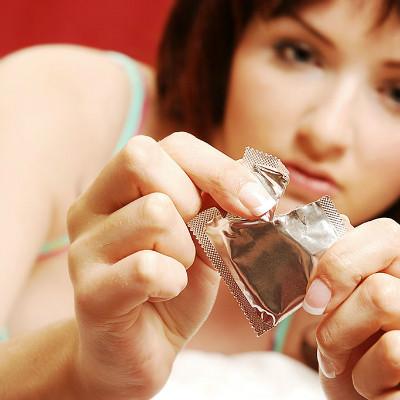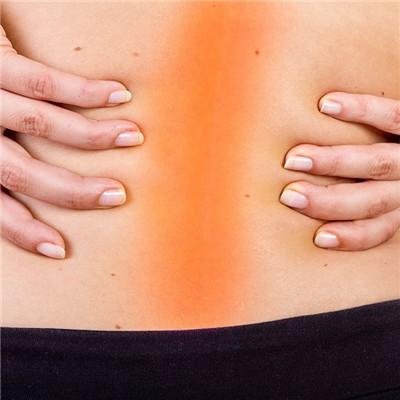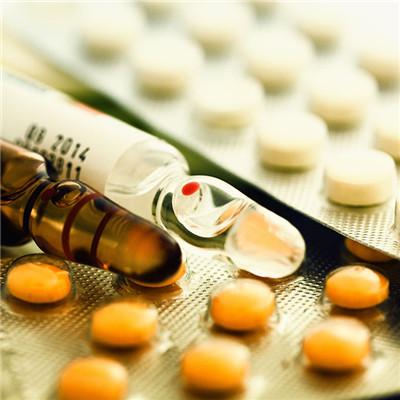Initial symptoms of contact dermatitis
summary
Contact dermatitis is a kind of inflammatory skin disease which mainly occurs in the contact area after the skin and mucous membrane contact with some substances. The main substances causing the disease are animal, plant and chemical, especially chemical. According to its pathogenesis, contact dermatitis can be divided into two categories: allergic contact dermatitis and irritant contact dermatitis. Other types include: immediate contact reaction, phototoxic and photoallergic contact dermatitis, systemic contact reaction and non eczema like contact reaction.
Initial symptoms of contact dermatitis
Irritative contact dermatitis: the subjective symptoms are often itching, tingling and burning, with or without objective signs. Sometimes only symptoms and no skin lesions on the face are called subjective irritative dermatitis. When there are signs, they are scattered scratches, small papules and macular papules or secondary infection.

When the rash is mild, it is erythema with slight edema or dense red papules; Severe erythema swelling is obvious, there are dense miliary red papules, papules, blisters and even bullae, but the clinical findings are mainly single damage.

The location and range of the rash were consistent with the contact site of the allergen. The rash often occurs in the exposed parts of limbs and face. When the body is highly sensitive, the rash can be generalized. The course of disease is mostly acute, and the course is self limited. If the etiology is removed and the treatment is appropriate, it can be cured in about 1-2 weeks, but it can recur after re contact. If repeated contact or improper handling, can turn to subacute or chronic dermatitis.

matters needing attention
This disease needs to be differentiated from acute eczema. The etiology of acute eczema is often unknown. The skin rash is pleomorphic, with erosive exudation and unclear boundary. It is easy to attack repeatedly. See contact sensitizers are: p-phenylenediamine in hair dye; Aromatic compounds and preservatives in cosmetics, detergents, etc; Red Mercury, iodine tincture, cooling oil, Sulfanilamide and antibiotic preparations for external use in external medicine; Additives, dyes and synthetic resins in chemical raw materials and products; Heavy metals such as nickel salt, chromium salt, etc; Skin and hair of animals, secretion of insects, nettle and lacquer in plants, etc.
















